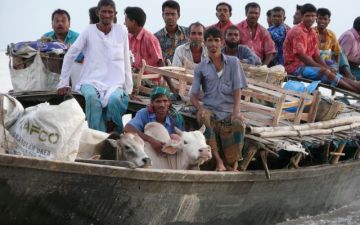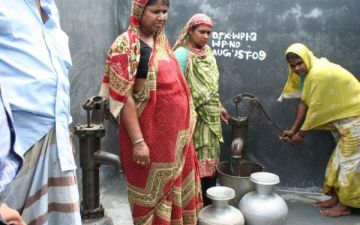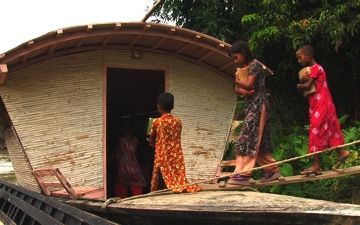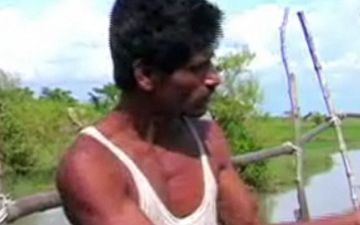Images: Hope Floats—and Soars—in Bangladesh
As we continue production of "Easy Like Water," our film crew re-visited the solar floating schools, libraries, and adult education centers run by the Bangladeshi NGO Shidhulai Swanirvar Sangstha a year after our August 2009 visit.
This trip we spent seven days with students who use the Shidhulai services, meeting their families and documenting their daily lives, including 10-year-old Rupa Khatun, whom I will get to later.











